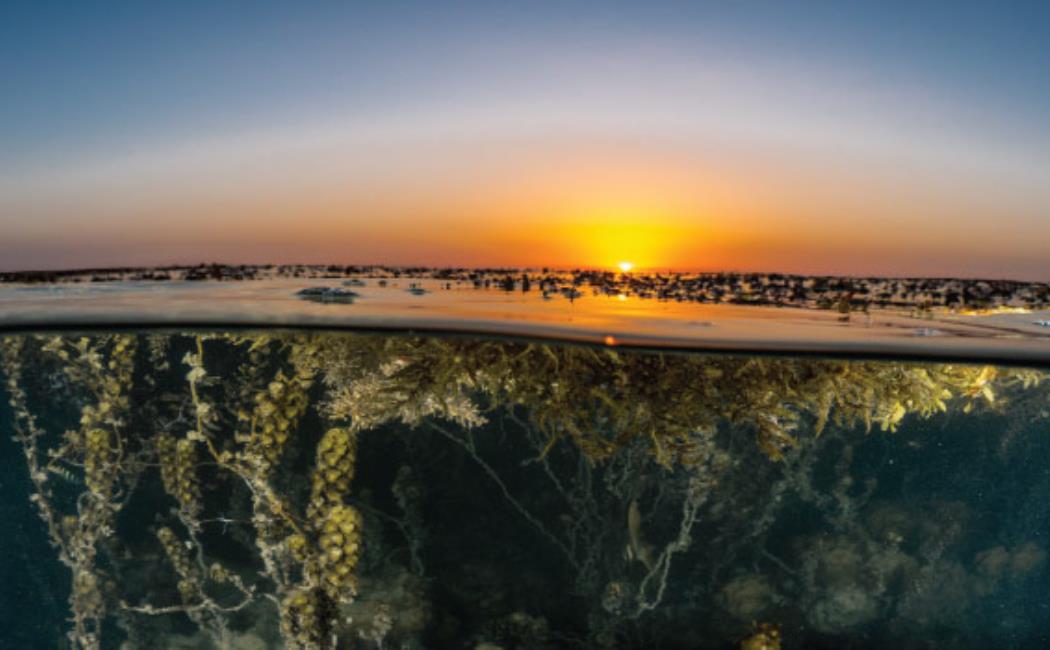


31 January, 2021
KAUST researchers have created an atlas of harmful algal blooms (HABs) across the Red Sea, revealing their link with industrial aquaculture and their increasing prevalence in recent decades. These blooms are a global environmental concern, driven by warming oceans and nutrient pollution. They occur when algae experience sudden growth spurts, often due to nutrient influxes, which can lead to marine life suffocation, toxin spread, and biodiversity loss.
The team used high-resolution satellite data from 2003 to 2017 to track the seasonal and interannual variability of HABs in the Red Sea. By analyzing ocean color and chlorophyll-a concentrations, they found that most blooms happened during warm summer months in the southern Red Sea, with some lasting up to 32 days and spanning 5000 square kilometers. The study highlighted that aquaculture waste from fish farms, like NAQUA, contributed to larger and more frequent blooms due to nutrient discharge.
The researchers are now working on an algorithm to differentiate between phytoplankton species, essential for understanding which species drive HAB outbreaks. Additionally, an automated remote-sensing system to detect and monitor HABs in real time is being developed. This system could assist in managing aquaculture waste and ensure the sustainability of fisheries in the Red Sea.
🔗 Read more on KAUST Discovery
Gokul, E.A., Raitsos, D.E., Gittings, J.A. & Hoteit, I. Developing an atlas of harmful algal blooms in the Red Sea: linkages to local aquaculture. Remote Sensing 12, 3695 (2020).| article